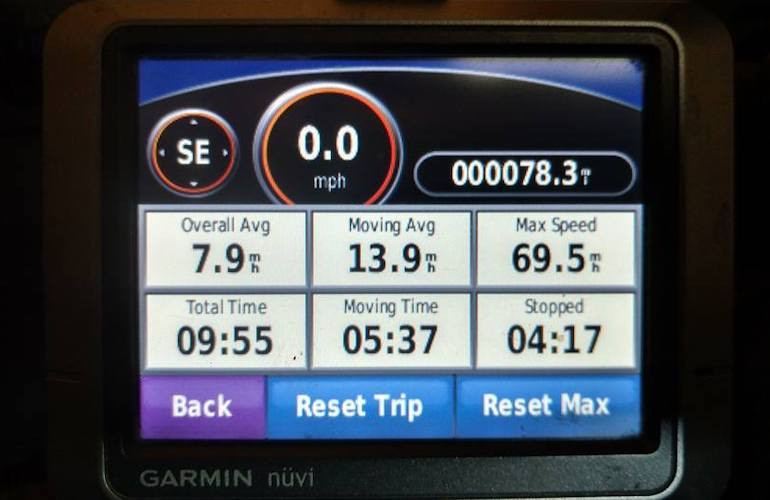What Is The Top Speed Of The Yamaha YXZ, Viking, And Wolverine?
Nov 30th 2022
Some riders have a need for speed, while others find that the risk-to-reward ratio of going fast is just not worth it. Still, it’s nice to know how fast your Yamaha side-by-side can go, and that is what we are discussing here today! Additionally, we’ll also get into a few common problems that could be restricting your vehicle’s top speed, as well as a couple modifications you can make to your stock Yamaha UTV to make it go even faster. So here we go, let’s find out the top speed of the Yamaha Wolverine, the Yamaha YXZ, and the Yamaha Viking!
What Is The Top Speed Of A Yamaha Viking
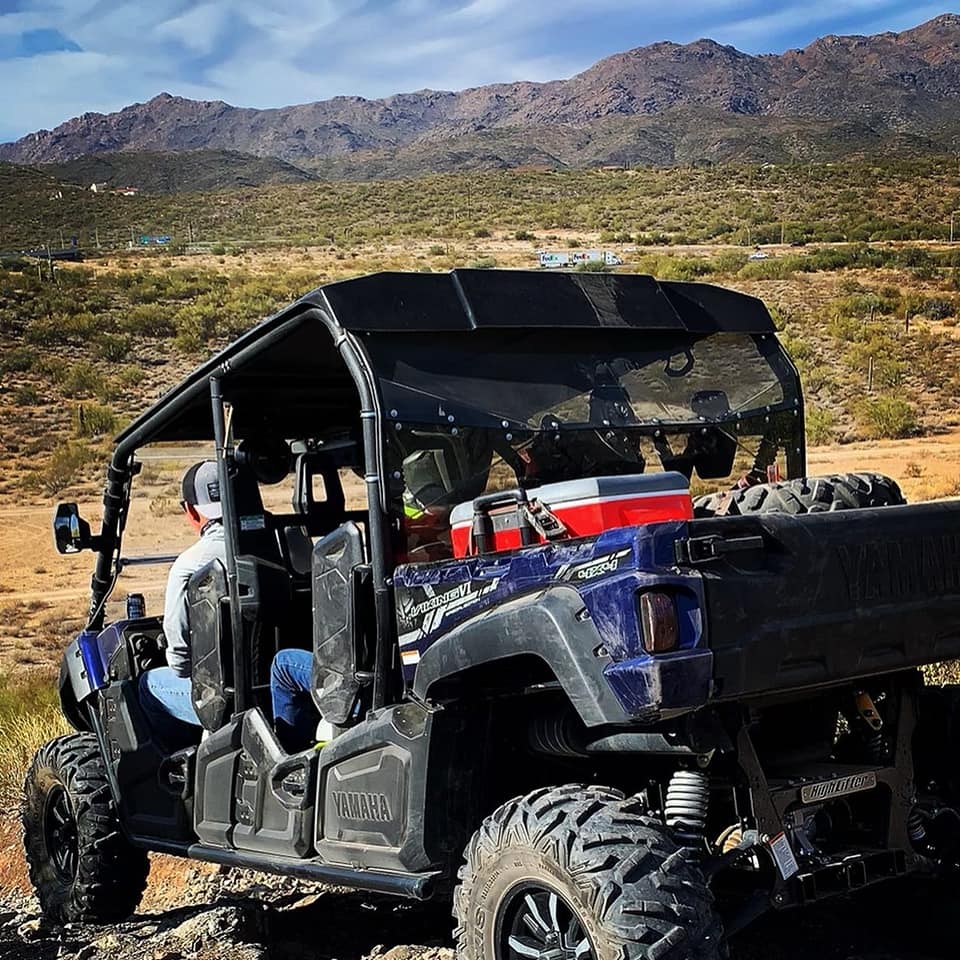
Depending on the model year and edition of your Yamaha Viking, you should be able to hit speeds of around 50-55 MPH in it; but to get there, you’ll need a flat road and a lot of it! For pre-2018 Vikings, the fastest you can expect to go is 52 MPH. In the later editions, 55 MPH is more feasible. That being said, however, neither the 3-seat Viking nor the 6-seat Viking is built for speed. Instead, the Yamaha Viking is a people-mover, and its 700cc single-cylinder engine is proof of that. If you cruise around at full throttle, you’ll be bouncing off the limiter and about ready to throw a rod. But for riders with places to be and no time to get there, the Viking is capable of carrying on at 50 MPH, provided that it’s clutched and geared right!
If your machine is struggling to pass the 50 MPH threshold, you can try using non-ethanol gas to give it a little more juice. Alternatively, some clutch work could also be done to squeeze a few more MPH out of your buggy. For low-speed performance, wet clutch slug kits are great. But for high-speed performance, the Hot Rod Extreme clutch kit by JBS with 16 gram weights and the purple spring is incredible! Belt wear can also cause reductions in your vehicle’s top speed, and so too can flat spots or dirty grease in your clutch. The type of weights used in the JBS clutch kit can wear pretty fast, so OD Overdrive weights are a solid alternative.
You might also find that you lose bit off the top end after installing aftermarket Yamaha Viking tires. Hypothetically, you can actually gain speed with taller tires, but you will lose torque and put an increased load on your drivetrain if the tires you choose are heavier than stock. Furthermore, aftermarket tires can also throw the vehicle’s speedometer off due to the extended tire rotation. Therefore, if you want to be accurate with your speed measurements, the best thing to use is a GPS!
What Is The Top Speed Of A Yamaha Wolverine
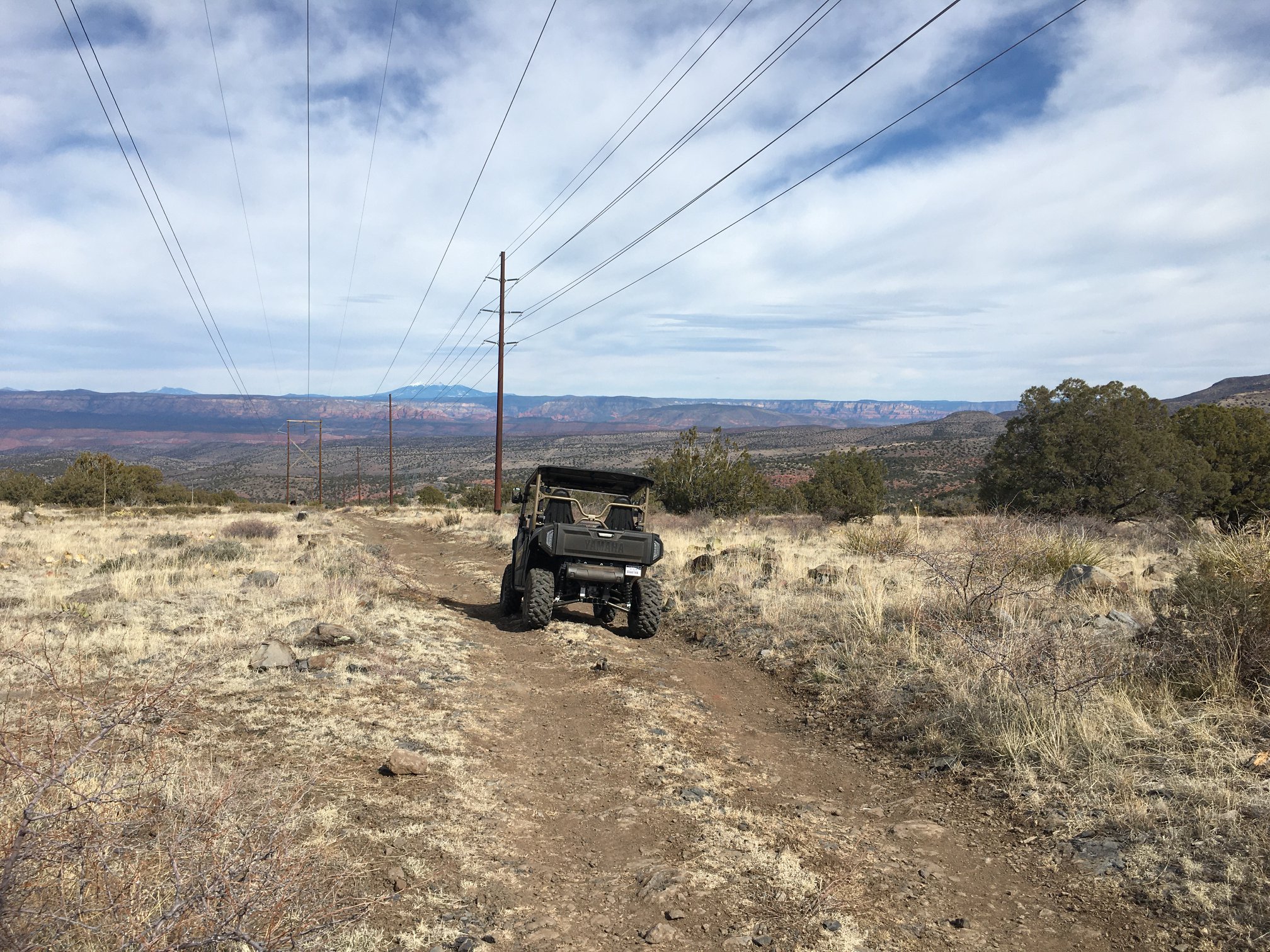
R-SPEC X2 / X4
The rev limiter within Yamaha Wolverine R-SPEC side-by-sides will kick in at around 55 MPH, so that’s about as fast as you can go in an X2 or X4. And if you push it to the max, you might feel a good bit of rattling and be able to smell your belt at such speeds. However, with a few mods – such as a flashed ECU to remove the speed limiter, an exhaust tip, and some Hunter Works clutch sheaves – you can get up to 62-64 MPH on a flat stretch of blacktop in a Yamaha Wolverine X2. Many riders go with Weller ECU tuners and Weller clutches for faster top speeds, but you can also achieve speeds in the low 60s with an EPI clutch kit and a PV3 tuner. The road surface as well as the amount of weight you have in the back of your UTV will also affect its top speed. But for most riders, 50 MPH is plenty fast, and probably too fast for most conditions. When you’re riding with the pedal to the floor, the Wolverine can become a bit squirrelly, and you could easily send the thing flipping end-over-end when it's maxed out.
RMAX2 / RMAX4
The Yamaha Wolverine RMAX tops out at 70 MPH, but even at 50 MPH or so, you'll hear it screaming. Heavier clutch weights can help with that high revving when riding fast, and the Weller tune is another excellent addition that will bring the RMAX motor to its full potential -- as well as lower the engine temps to 185-195 during operation. Because of the weight of the RMAX, you aren’t going to get much over 72 MPH out of it – even with performance mods like RPM tunes and exhaust tips. Turbochargers can be installed in the RMAX for better performance, while clutch kits can give you more power in the hole. A turbo kit like the ones by Rudd Performance Motorsports will give speed-loving RMAX owners that kick they’re looking for!
What Is The Top Speed Of A Yamaha YXZ
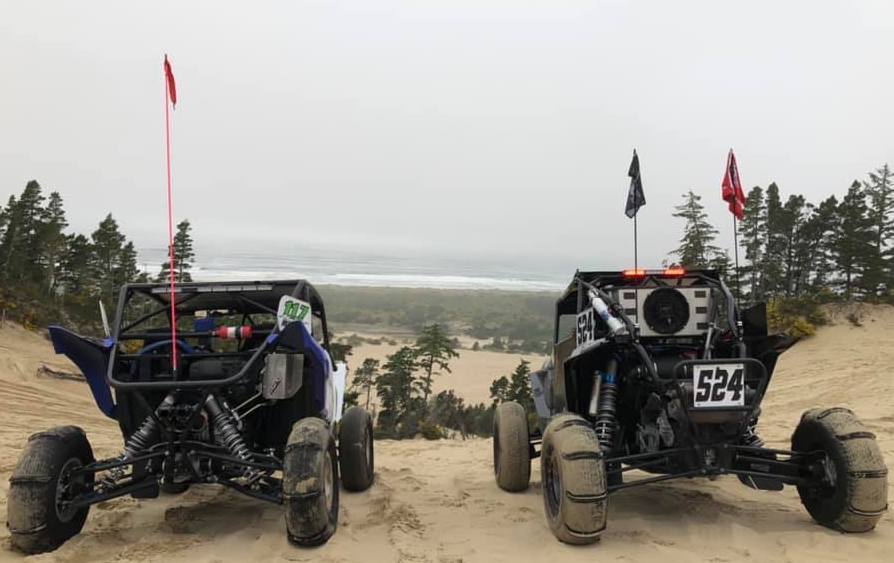
The YXZ is 2,000 pounds lighter than the RMAX, and it has 3 cylinders in the engine instead of 2. So pitting the YXZ against the RMAX is like comparing apples to oranges. Yes, a stock Yamaha YXZ1000R with the speed limiter enabled can easily hit 78 MPH without breaking a sweat, but ask it to pull a 2,000 pound trailer while carrying 600 lbs of cargo and it will struggle much more than an RMAX will.
Although a top speed of 78-80 MPH is possible in a factory Yamaha YXZ, you can rip it up even faster if you reflash or replace the ECU to eliminate both the factory rev limiter as well as the pre-set speed governor. Add a Graves, Dasa Racing, or Gibson exhaust to your freshly-flashed ECU, and you have the potential to reach speeds of around 95 MPH!
Many riders put their rigs to the test at the dunes, and with 29” paddle tires installed, the Yamaha YXZ can handedly surpass 60 MPH. Although turbocharged RZRs can pass the YXZ at the sand drags on the uphill dune sections, they can’t do it by much. And when tearing it up on level sand, the YXZ has no problem keeping up with RZR or any other 1000cc side-by-side -- turbocharged or not!
In Conclusion
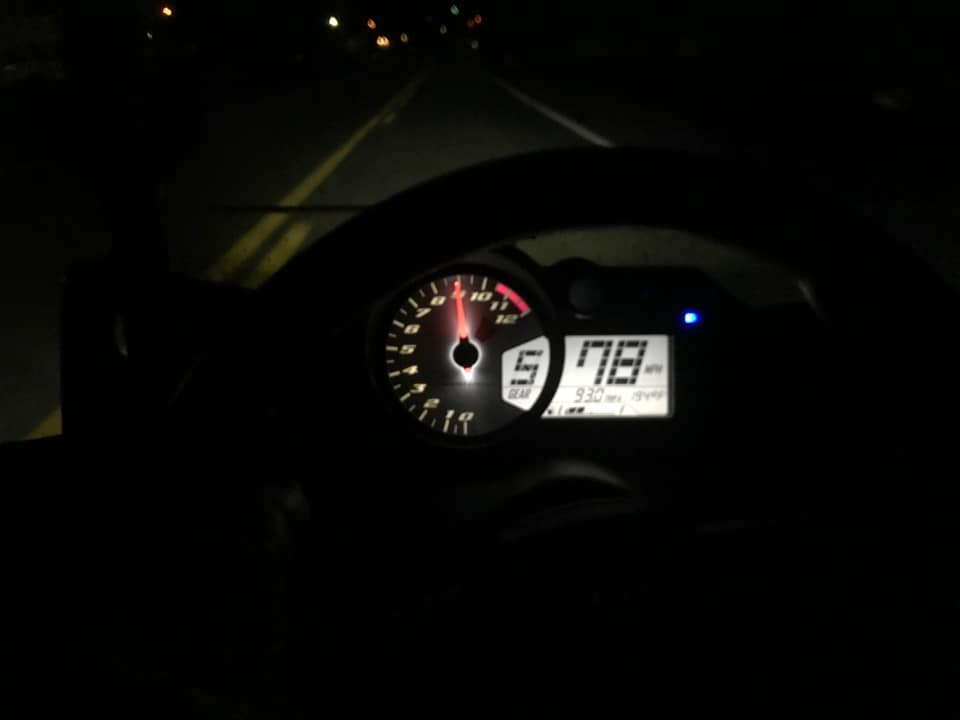
There are countless factors that can affect the top speed of your Yamaha side-by-side. But in a stock machine on a straight stretch of flat asphalt, you should be getting between 50-55 MPH in a Yamaha Viking, around 55-60 MPH in a Yamaha Wolverine R-Spec, just under 70 MPH in a Yamah Wolverine RMAX, and nearly 80 MPH in a Yamaha YXZ!


